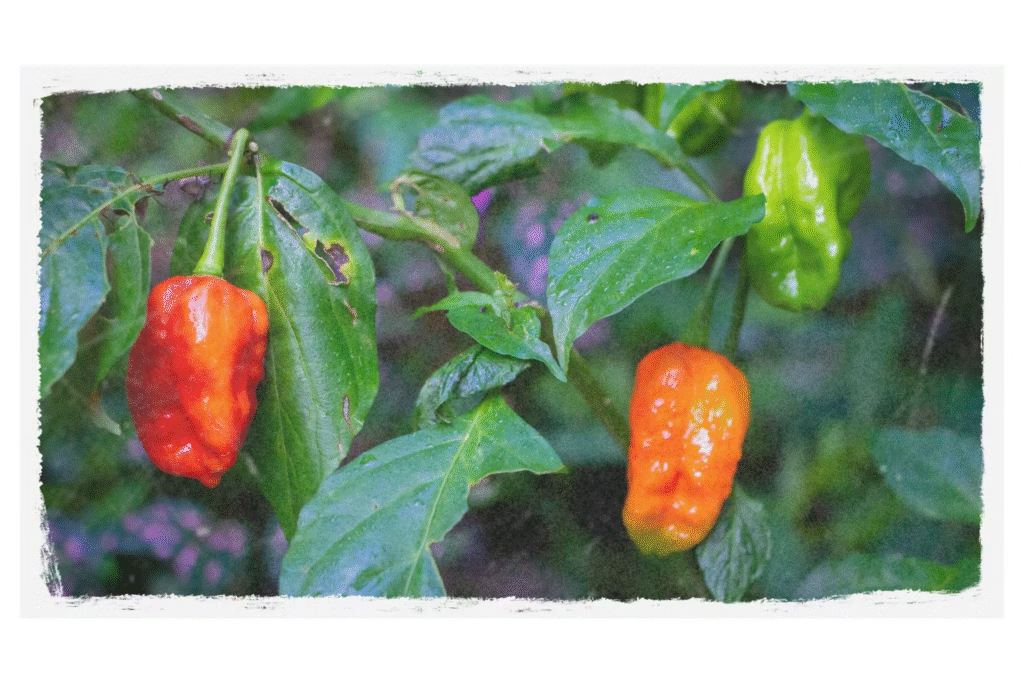Spicing up your dishes goes beyond just heat; it’s about mastering the flavor that different chili peppers bring. This guide dives into selecting the perfect pepper for your culinary creations, ensuring a harmonious balance between spice and taste.
Beyond the Burn: Understanding Chili Pepper Flavor and Heat
While the Scoville Scale quantifies a chili’s heat, it doesn’t tell the whole story about its flavor. Two peppers with the same Scoville Heat Unit (SHU) rating can offer wildly different taste experiences.
For example:
- Habaneros boast a fruity, almost tropical essence.
- Serranos provide a sharp, grassy kick.
- Chipotles (smoked jalapeños) are known for their earthy, smoky, and rich notes.
- Thai chilies deliver a clean, piercing heat with a subtle bitter edge.
Recognizing these distinctions is crucial for successful chili pairing, especially when crafting sauces, marinades, or spice blends.
Discovering Chili Pepper Flavor Profiles and Their Culinary Uses
Explore the diverse world of chili peppers and their ideal applications:

Jalapeño
- Flavor Profile: Fresh, green, slightly sweet
- Heat Level: Mild to moderate (2,500–8,000 SHU)
- Best Uses:
- Tacos and fajitas
- Cheesy sauces and quesadillas
- Fresh salsas and guacamole
- Pickling for burgers and nachos
Jalapeños are a go-to for casual spice enthusiasts, offering a balanced burn and a crisp, vegetal flavor that complements without overpowering.
Chipotle (Smoked Jalapeño)
- Flavor Profile: Smoky, earthy, slightly sweet
- Heat Level: Mild to medium
- Best Uses:
- BBQ marinades
- Chili con carne
- Slow-cooked beans and meats
- Smoky mayo and creamy sauces
Chipotles add depth and complexity, making them perfect for hearty, smoky dishes. They pair exceptionally well with red meat and slow-roasting techniques.
Serrano
- Flavor Profile: Bright, sharp, grassy
- Heat Level: Medium to high (10,000–25,000 SHU)
- Best Uses:
- Pico de gallo
- Raw salsas
- Thai or Vietnamese dishes (as a substitute)
- Stir-fries with citrus or fresh herbs
Their clean heat makes serranos excellent for raw applications and recipes that benefit from a zesty kick without a lingering afterburn.
Habanero
- Flavor Profile: Fruity, floral, tropical
- Heat Level: High (100,000–350,000 SHU)
- Best Uses:
- Fruit-based hot sauces (mango, pineapple, peach)
- Caribbean jerk marinades
- Sweet-spicy glazes for grilled meats
- Spicing up desserts (chocolate, sorbet)
Often misunderstood, the habanero is incredibly flavorful when balanced correctly. Pair it with sugar or fruit to highlight its complex notes.
Cayenne
- Flavor Profile: Neutral, slightly bitter, peppery
- Heat Level: Medium to high (30,000–50,000 SHU)
- Best Uses:
- General-purpose spice blends
- Spicy pasta sauces
- Chicken wings
- Dry rubs for grilling
Cayenne is a reliable pantry staple that adds heat without significantly altering a dish’s core flavor.
Thai Chili (Bird’s Eye)
- Flavor Profile: Clean, bitter, intense
- Heat Level: High (50,000–100,000 SHU)
- Best Uses:
- Thai curries and stir-fries
- Dipping sauces (e.g., nam prik)
- Spicy noodle soups
- Quick pickles
Despite their small size, these chilies pack a serious punch. Use them sparingly or whole to infuse heat into oil or broth without overwhelming the palate.
Ghost Pepper (Bhut Jolokia)
- Flavor Profile: Smoky, slightly sweet
- Heat Level: Extremely high (800,000–1,000,000 SHU)
- Best Uses:
- Extreme hot sauces
- BBQ glazes for adventurous palates
- Dare-based cooking challenges
- Long-cooked stews (a tiny amount goes a long way)
Use with extreme caution. The ghost pepper offers surprising flavor when used in minimal amounts, though it’s often used for its intense heat.
Carolina Reaper
- Flavor Profile: Sweet, floral, terrifying
- Heat Level: Extreme (1.4–2.2 million SHU)
- Best Uses:
- Ultra-hot sauces
- “One drop only” recipes
- Pain-based rituals
This pepper is for serious chili-heads or for creating extreme challenge sauces. Its flavor is subtle, often overshadowed by its unparalleled heat.
Mastering Chili Pairings: Key Principles for Optimal Flavor
When selecting chilies, keep these four core pairing rules in mind:
- Match Flavor to Cooking Style:
- Smoky chilies (chipotle, ancho) are ideal for grilling, BBQ, and bean dishes.
- Fruity chilies (habanero, scotch bonnet) shine in tropical dishes, glazes, and desserts.
- Sharp chilies (serrano, Thai) are best for raw salsas, noodle soups, and vinegar-based sauces.
- Balance Heat with Fat or Sugar:
- High-fat dishes like cheese sauces or pulled pork can handle spicier peppers such as habanero or cayenne.
- Sweet elements like mango, honey, or BBQ sauce can tame the burn and accentuate fruity chili notes.
- Start Low, Add Slowly:
- Always begin with less chili than you think you need. You can always increase the heat, but you can’t take it away.
- Consider the Afterburn:
- Some chilies deliver immediate heat (e.g., cayenne), while others, like ghost peppers, have a delayed intensity. Think about how you want the heat to evolve as you eat your dish.
Quick Reference: Chili Pairing Guide
Global Chili Traditions: Regional Variations
Different cuisines worldwide utilize specific chili types for a reason, as they complement local ingredients, climate, and palates.
- Mexican cuisine features a wide array: jalapeños, chipotles, poblanos, and guajillos.
- Caribbean dishes frequently incorporate scotch bonnets and habaneros for their fruity heat.
- Thai and Southeast Asian food often relies on bird’s eye chilies for an intense, sharp heat.
- Indian cuisine employs dried red chilies, chili powder, and green chilies, varying by region.
Elevate Your Cooking with Flavorful Chili Choices
Understanding chili pepper flavor profiles is a simple yet effective way to enhance your culinary skills. Don’t just chase the highest Scoville rating; some of the most flavorful chilies are mild or medium-heat.
When in doubt, ask yourself:
- Do I want a fresh and bright flavor? (Try serrano or jalapeño)
- Do I want something rich and smoky? (Consider chipotle or ancho)
- Do I want fruity fire? (Go for habanero or scotch bonnet)
Balance is everything when cooking with chili peppers. What’s your favorite chili pepper to cook with, and why?